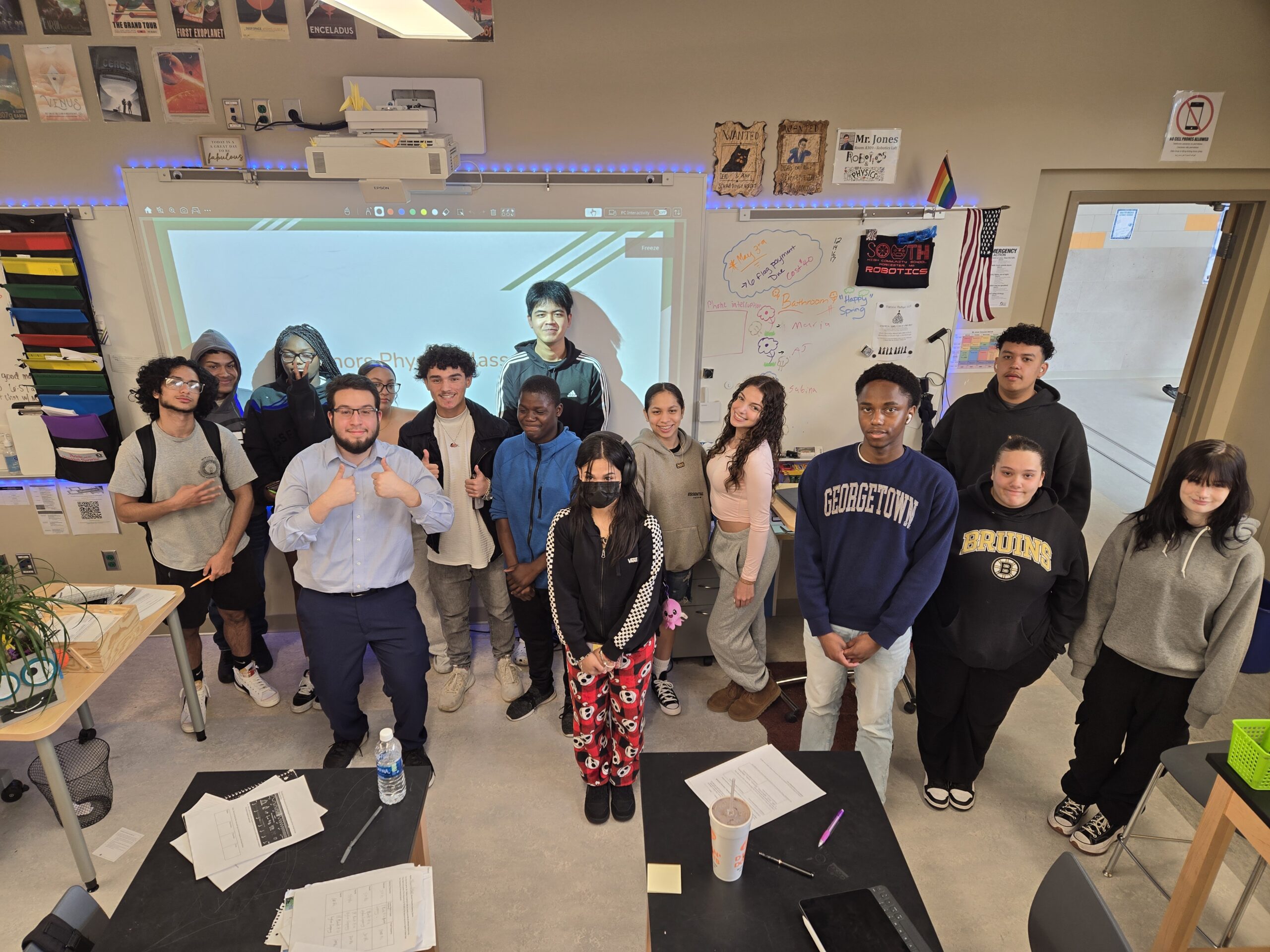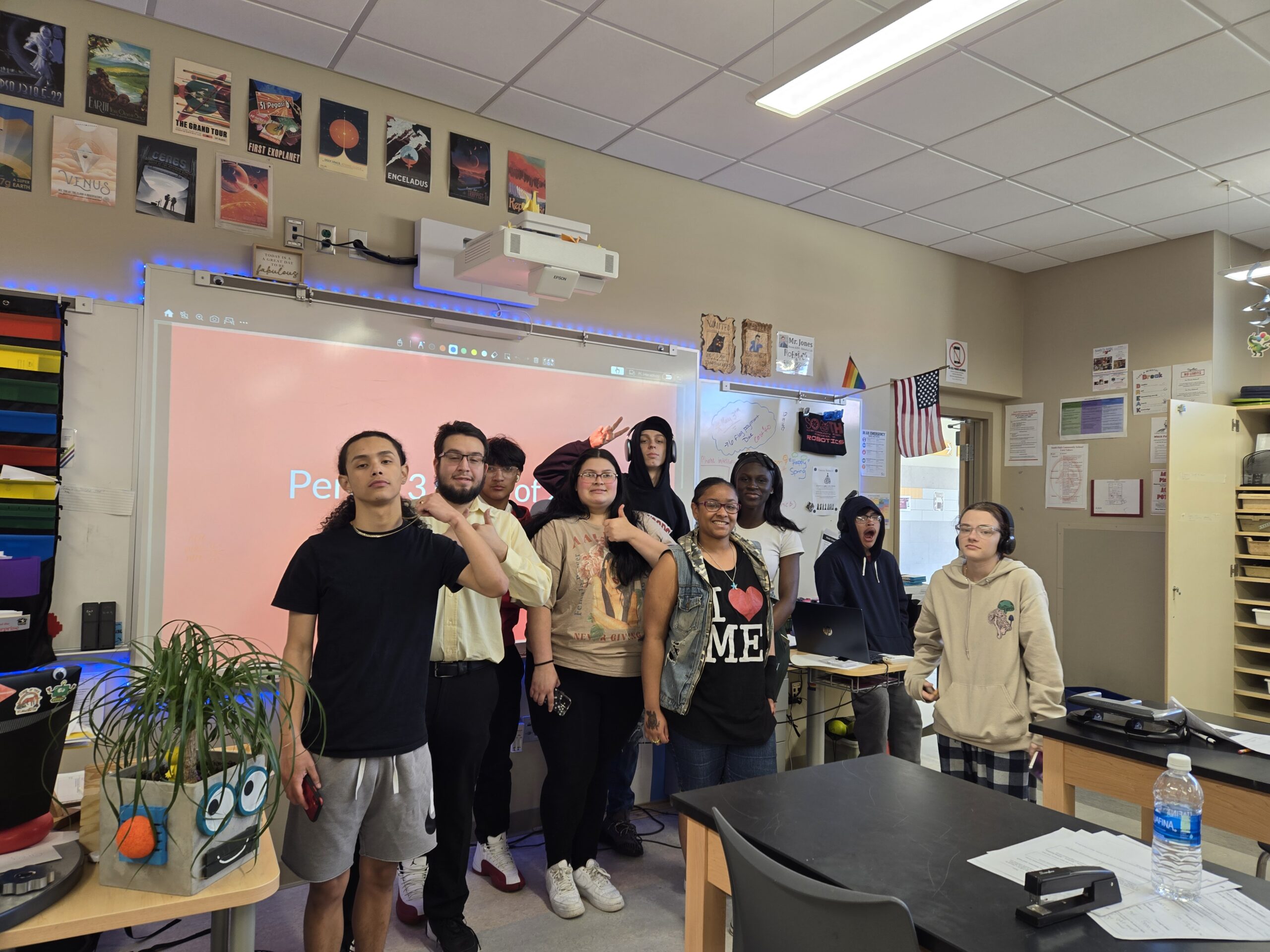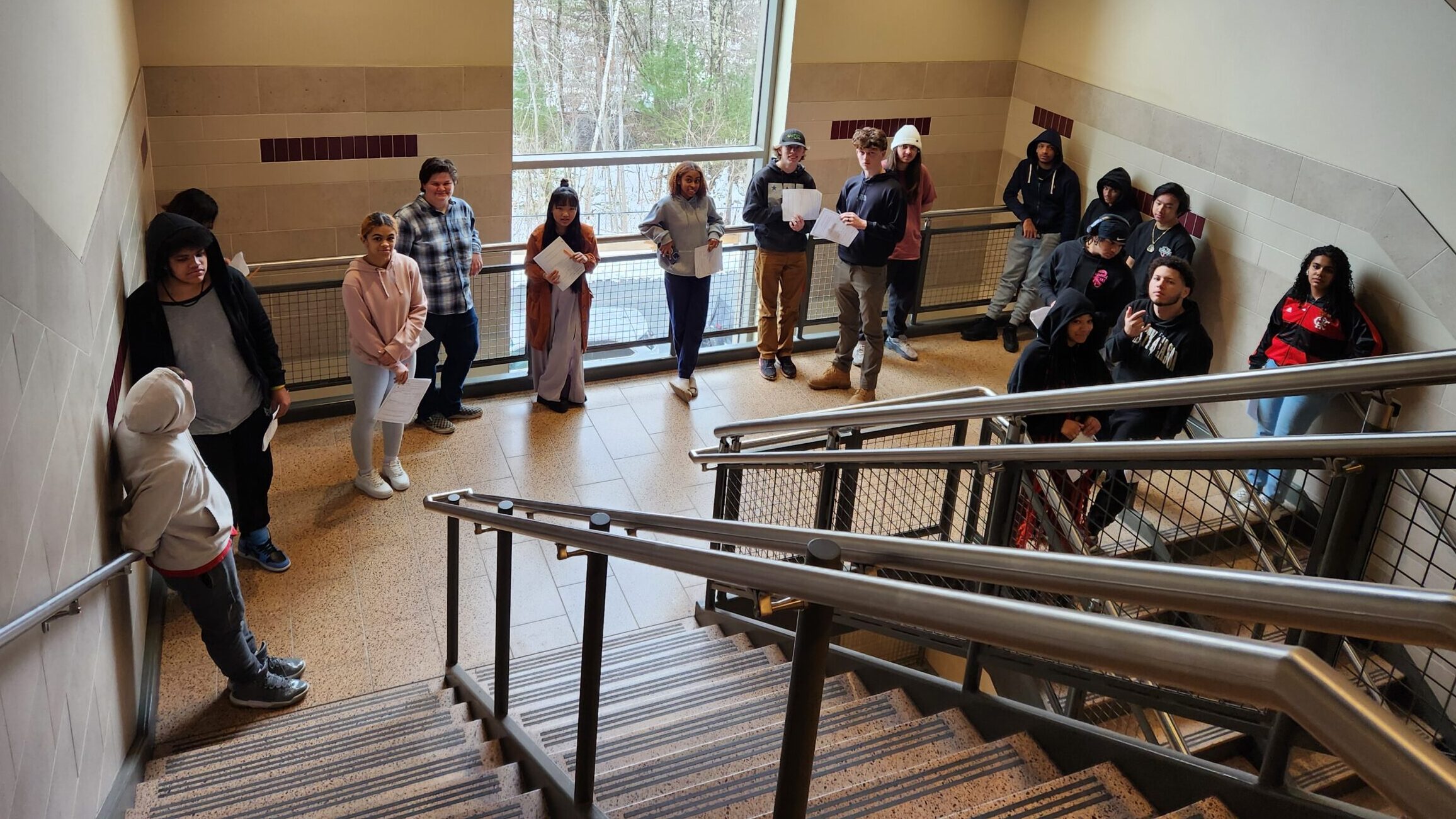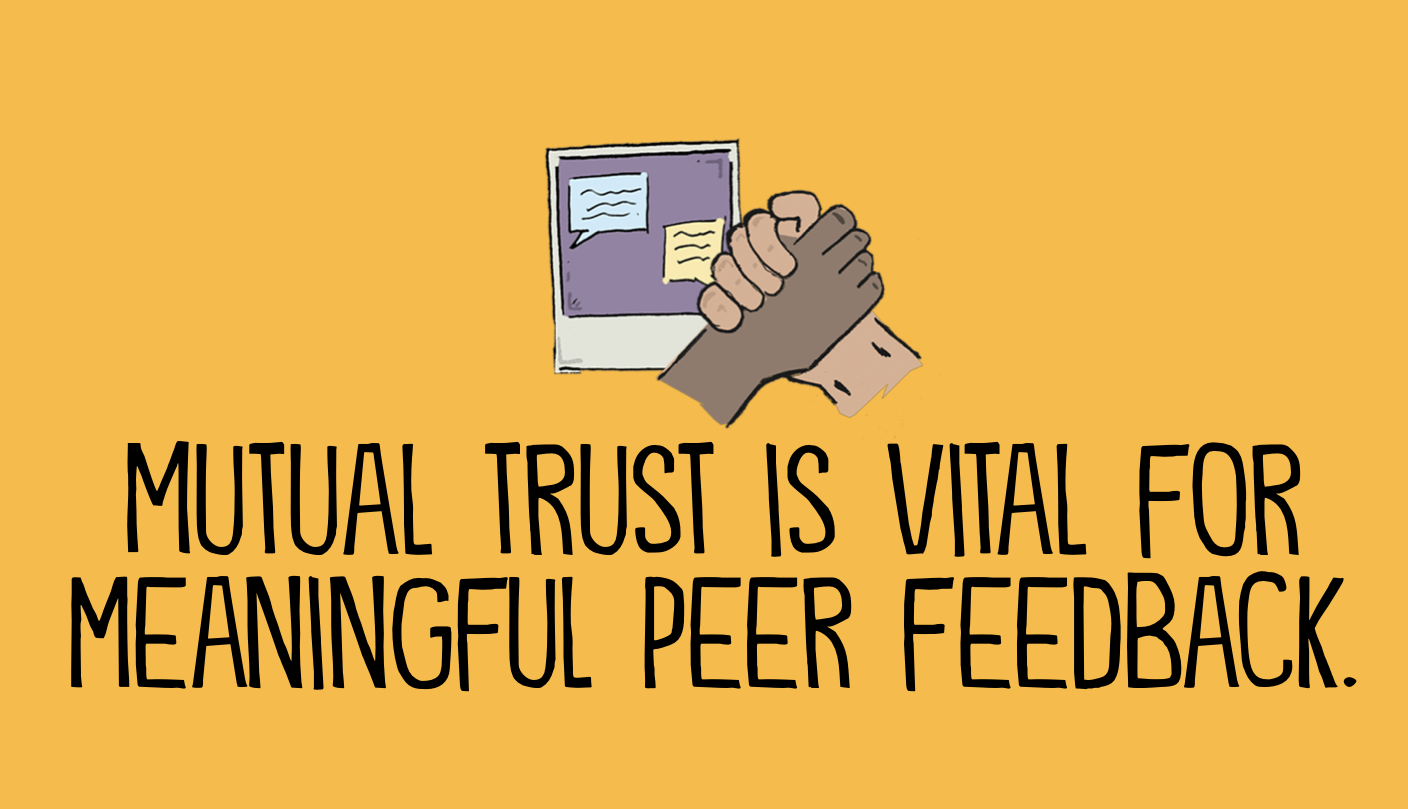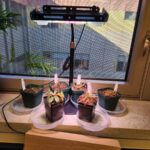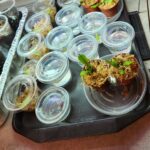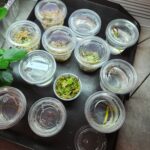Mentors: Greg Jones, Emira Senko, and Tara Vaidya
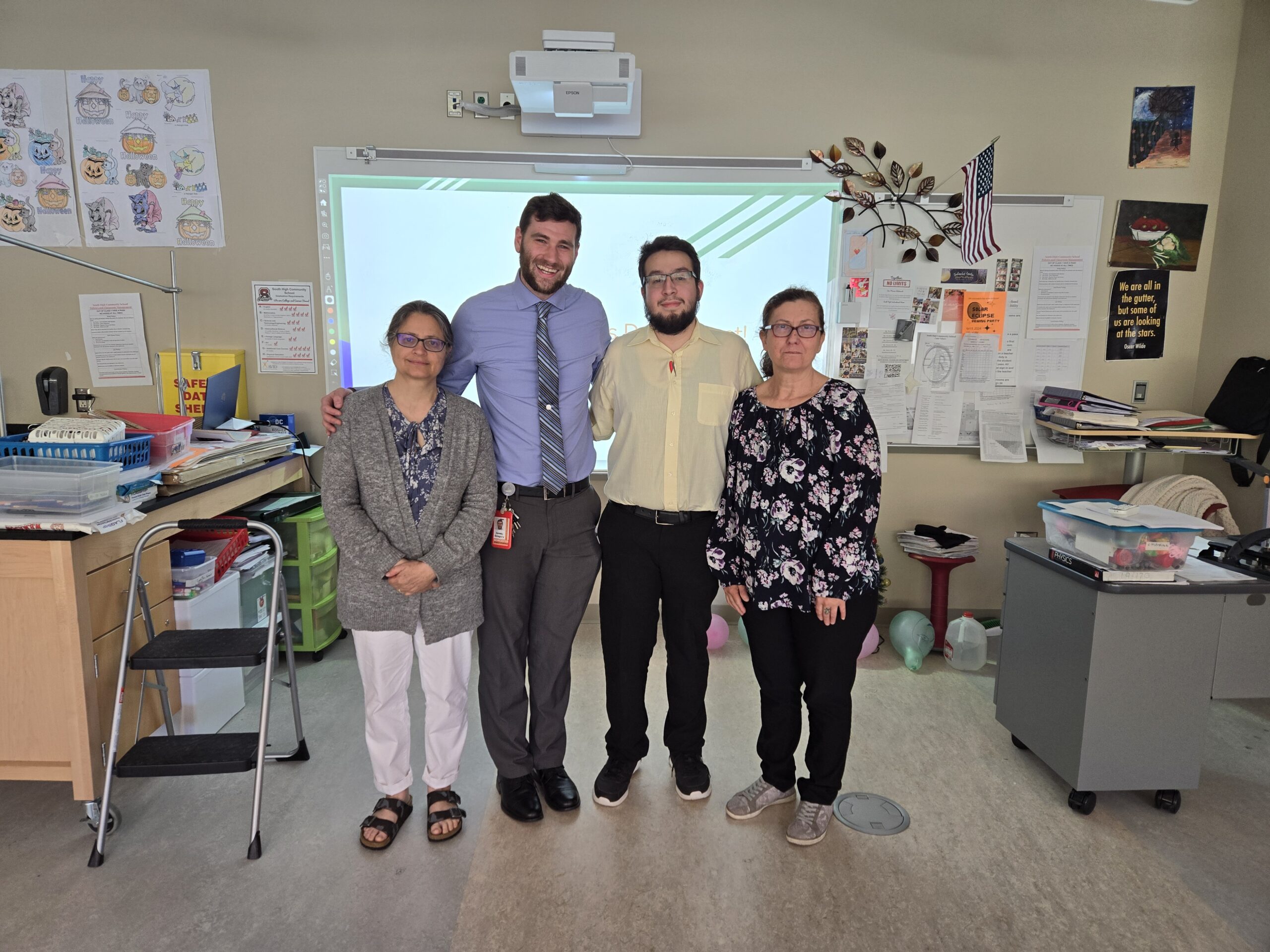
I was very fortunate to have so many people that I could reach out and ask for support. While Greg Jones was my official mentor, Emira Senko would often give me bits of feedback during common planning time or explain to me what she was doing and the reasoning behind it. While I did not have common planning time with Tara Vaidya, she would still stop by and suggest things to me that she may have noticed.
Tara was someone who supported me in a more official capacity through my Clark classes, assisting both Greg and Letina in teaching pedagogy within science such as the 5E model. She’d also assist me with my first CUP on Newton’s Laws and Forces, giving me the suggestion of including the reasoning behind each lesson, the goal, and better building up the story. She also teaches AP physics, letting me access a wealth of knowledge in how to expand beyond just the basics, and the connections that exist. She was even welcoming to teach her students after the AP test so that I could gain that wide range of experience in teaching college level, honors, and AP level classes. What is interesting is during my undergraduate career, I had gone and visited her classroom a few times to see if I wanted to enter the teaching career. (Which I ended up doing)
Emira on the flipped side, had a mix of college prep and honors level classes. As a result, she would provide the feedback on how to support and lesson plan for the different level classes. Many times, she’d have me thinking about the difference between the two levels, or how they can be similar. Some of the approaches she’d take was maintaining similar topics/lessons but different pacing so the students could achieve the lesson goals.
And my mentor, Greg Jones, while Tara and Emira had over a decade of experience within teaching, they also learned a largely different type of pedagogy skills into their teaching. Meanwhile, Greg had done this same MAT program just a few years ago (we even met during my freshman year while he was in his senior year), so he was able to provide a different set of perspectives for me. Thanks to him, I got some hands-on experience with modern classroom, a focus on phenomena-based teaching and more. While
Special Education Teachers:
I was very fortunate to have and receive the support of many special education teachers.
Starting the year, I had Dawn Dwyer and Christine Mooshian as direct support in my classes. As I started teaching, Dawn Dwyer was the special ed teacher assigned to my period 3 class, where she had a close connection to many. While I was learning how to scaffold so many IEP students, she was able to use her own confusions as a way of better communicating the struggles which the students were having.
Then, Christine Mooshian took on an active role in the classroom where we acted as co-teachers, reading the classroom and trying to ask probing questions whenever she felt students were lost in the classroom.
Later in the year, a new student transferred in (a 10th grader), and when I did a unit test with her, I quickly noticed that this student would need a more specialized form of scaffolding and her IEP would be of help. When she transferred in, she had only recently placed on an IEP, so I decided to reach out to her special education teacher. Through a series of emails, and meeting, I was able to better understand what this student needed, and even got the special education teacher to come in for personalized support and observations of the student.
My students:
The joy of teaching is being able to teach, but also being taught by the students themselves. the ultimate goal of this program, and this profession is supporting the students in academics, as well as a variety of ways. There are so many different kinds of pedagogies, philosophies, teaching methods, and more than one can read and learn about. But, sometimes the best source of how one can improve their teaching is the students themselves. There were often times when a student would scold me because I had made things confusing, or my explanation was not reaching the point in their minds. One of the things said to me that I won’t ever forget is, “Mr! You make things more complicated!” like in reference to a worksheet where I attempted to scaffold. I genuinely appreciated the feedback (even if it was while a student was scolding me) because it gave me very specific ways in which to improve my explanations, or scaffolding. I also had another student, who overtime was becoming frustrated with the constant method in which I was teaching the class, but she was also a vocal student in terms of feedback. As I started experimenting more, she’d tell me if she enjoyed something like the time, we went to the hallway to do energy transfer stations, even if it was only because we went to the hallway. Later on, we did a research project which allowed them to do a poster, slides, or other and she was focused, actively engaged, and more. Near the end of the project, she did tell me, “Mr, we should do something like this for the final, I ain’t trying to take a test.” Thanks to that, I kept that in mind as to how I can do similar projects in the future, or for the final. Coincidentally, that day, Mrs. Senko mentioned a final project she does with some of her students that would fit into the lines of what this student would want. And even when the students scolded me, or vented their frustration, I appreciated it for the feedback, but also that it told me that the students felt safe to have their voice heard, and that it was worth something in doing so.
On-site seminar:
It was wonderful to be able to meet with so many people at South High, learning directly about the community and resources that the school provides. Seeing some of the philosophy which relates to restorative justice, not only in smaller day to day moments, but even when larger crisis happened, restorative justice was still at the heart of it. There were so many topics covered, yet it felt like the common thread line was the support provided to students just beyond the classroom. Such a school environment was truly reflected in the school community, from the students to the staff members.
Science Cohort:
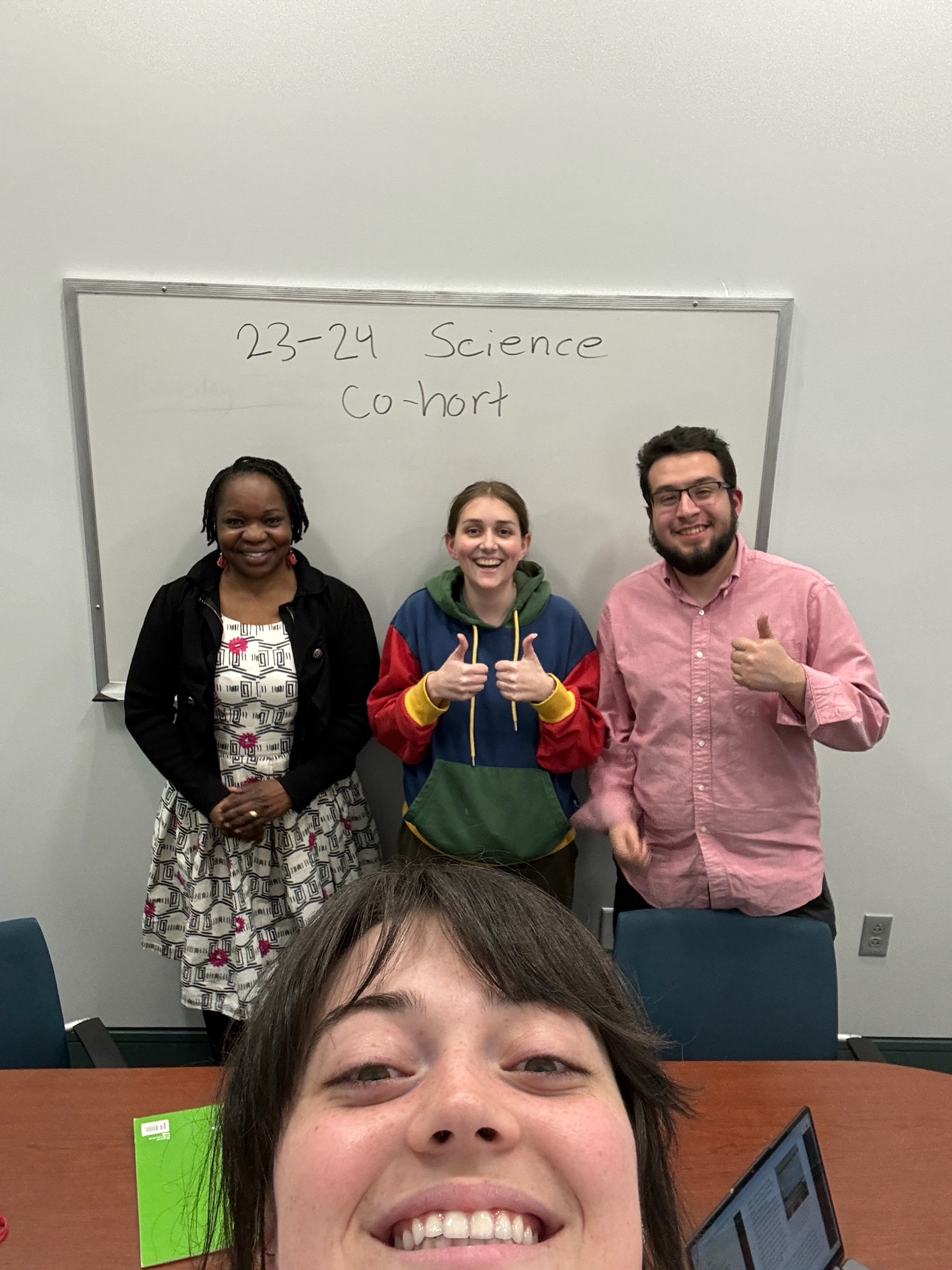
Throughout the year, I learned many things from my supervising professor, Letina Jeranyama, and fellow science MATs, Charlotte Bedford and Liz Mahan.
We started the summer in the ways of knowing, learning about powerful practices such as the 5e model of teaching. Then, I still remember working with Charlotte and Liz as a part of the Bruce Wells program, trying to assist one another in our teaching.
Every Wednesday once classes started, we would gather and discuss our teachings and the plan for moving forward.
Visiting Other Teachers:
Ms. Bishop and presentations:
While visiting other teachers and their lessons, one that I visited was Alex Bishop, where her students did presentations for their AP class, and she gave so many tips on how to make top tier presentation. During the brief time, the knowledge she gave blew my mind, and if I had to say, her students truly do trust her in helping them receive a 5 on their AP test to her just being a wealth of knowledge in her area of expertise.
Mrs. Zglobicki and carnivorous plants:
At the start of the school year, I had applied and won a $150 grant by the international society of carnivorous plants to buy carnivorous plants for the classroom. They became a sort of small talk between me and my students as they would take time just looking, asking questions, or even wanting to buy some online. At the time, Mrs. Zglobicki had a gardening advisory going on and I decided to take the opportunity of teaching her students about these magnificent plants and even taking leaf cuttings to propagate the plants themselves. Coming in, I was thankful for the opportunity of being able to teach a different community of learners with many of them being lower-level multilingual students. This was an area I considered myself to lack experience as none of my own students needed the same forms of accommodations but with her help, I was able to see how she scaffolds her ML students in action. Following this, I decided to take time in visiting and observing her ESL biology class. I was amazed to see all of the way she supports her students, even in small, nuanced way, using techniques such as color coding, providing physical visuals and more. Yet, in certain ways, she still supports her students outside her teaching, and it was as students were coming in, they’d talk to her in Spanish but respond back in English. This small interaction, to me seemed like the perfect example of allowing a student to be their authentic selves while supporting their development as well.
